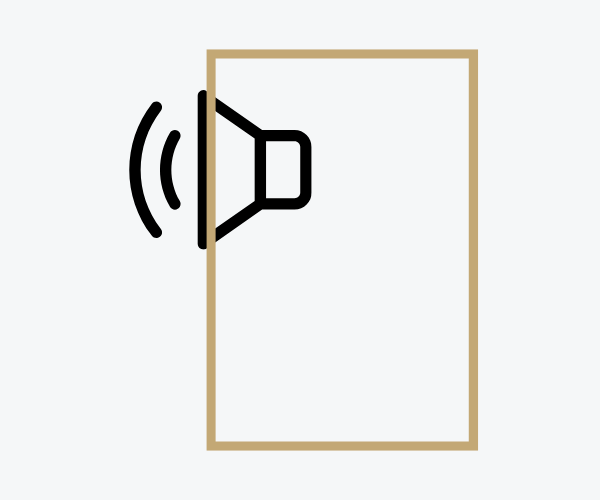The Timeless Appeal of the Sealed Box
In the world of loudspeakers, few designs have stood the test of time as gracefully as the sealed enclosure. Sometimes called “acoustic suspension,” this simple, airtight box has been around for decades. Despite the rise of more complex systems like bass-reflex, bandpass, or transmission line designs, sealed boxes remain a favorite among purists. Why? Because they represent a trade-off that many audiophiles are willing — even eager — to make: quality over sheer quantity of bass.
A sealed box is essentially a closed chamber in which the woofer works against a cushion of trapped air. That air becomes part of the suspension system, adding stiffness and control to the cone’s movement. The result is a sound that is tight, controlled, and faithful to the recording, with minimal coloration from the enclosure itself.
But this elegance has consequences. Efficiency suffers, box size isn’t always predictable, and the woofer’s parameters must align with the enclosure type. Let’s unpack the true advantages and disadvantages of going sealed.
